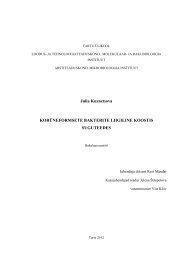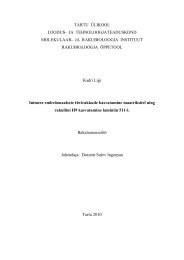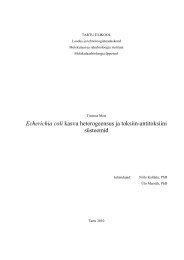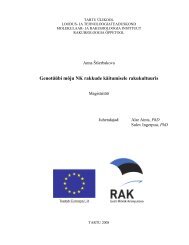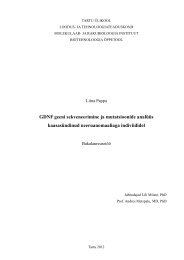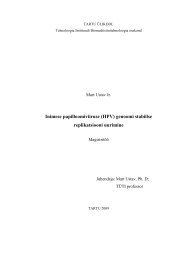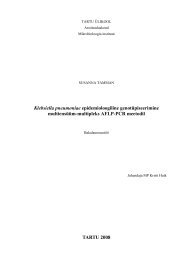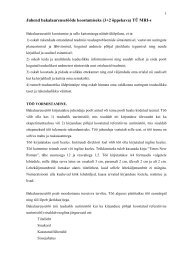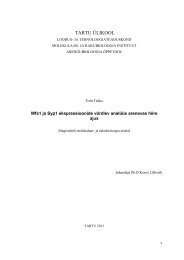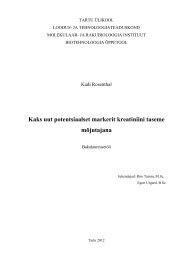Maternal variation in Huichol and Mixtec populations from Mexico
Maternal variation in Huichol and Mixtec populations from Mexico
Maternal variation in Huichol and Mixtec populations from Mexico
You also want an ePaper? Increase the reach of your titles
YUMPU automatically turns print PDFs into web optimized ePapers that Google loves.
Figure 5. Haplogroup A haplotype network. The central node exhibits the follow<strong>in</strong>g<br />
mutations relative to rCRS (Andrews et al., 1999): 16111, 16223, 16290, 16319, 16362,<br />
00064, 00073, 00146, 00153, 00235, <strong>and</strong> 00263. Mutational positions <strong>from</strong> this haplotype are<br />
noted <strong>in</strong> small pr<strong>in</strong>t. The colour scheme:Yellow st<strong>and</strong>s for the Mecixo <strong>populations</strong>, blue<br />
st<strong>and</strong>s for the Southwestern USA. Dark green st<strong>and</strong>s for <strong>Mixtec</strong> population <strong>from</strong> Kemp et al.,<br />
2010, light green st<strong>and</strong>s for <strong>Mixtec</strong> population studied <strong>in</strong> the present study. P<strong>in</strong>k colour st<strong>and</strong>s<br />
for <strong>Huichol</strong> population <strong>from</strong> Kemp et al., 2010. Darker p<strong>in</strong>k st<strong>and</strong>s for <strong>Huichol</strong> population<br />
studied <strong>in</strong> the present study.<br />
25



